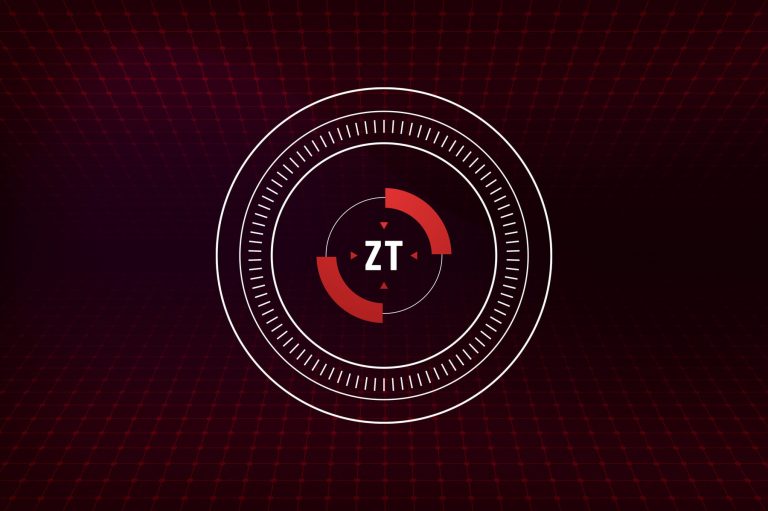In the cybersecurity landscape, penetration testing is a critical component of an organization’s security framework. Among the various types of penetration testing, Black Box and Grey Box are prominent methodologies. Each serves a unique purpose and can be pivotal in identifying vulnerabilities within a system. This article delves into the differences between Black Box and Grey Box penetration testing to help you understand which approach might be best for your organization.
What is Penetration Testing?
Penetration testing, often called pen testing, is a simulated attack on a computer system, network, or application, aimed at identifying vulnerabilities that could be exploited by malicious actors. By uncovering these vulnerabilities, organizations can address them proactively and bolster their security defenses.
Understanding Black Box Penetration Testing:
Black Box penetration testing is an external testing methodology where the testers have no prior knowledge of the system’s internal structures and workings. This simulates the perspective of an outside attacker and focuses on finding ways to penetrate the system with the information publicly available.
Key Characteristics of Black Box Penetration Testing:
- No prior knowledge of the internal structure
- Focuses on external vulnerabilities
- Simulates real-world attacks from an outsider’s perspective
- Time-consuming due to the lack of insider information
Understanding Grey Box Penetration Testing:
Grey Box penetration testing is a hybrid approach in which the tester has partial knowledge of the internal structures of the system. It combines elements of both Black Box and White Box testing methodologies. With Grey Box testing, the tester typically has access to internal data such as architecture diagrams and database schemas.
Key Characteristics of Grey Box Penetration Testing:
- Partial knowledge of the internal structure
- Focuses on both internal and external vulnerabilities
- Simulates an attack from a perspective of both outsider and insider (e.g., an employee with limited access)
- Generally faster than black box testing due to some level of insider information
Comparing Black Box and Grey Box Penetration Testing:
- Knowledge of the System:
- Black Box: Testers have no knowledge of the internal workings.
- Grey Box: Testers have limited knowledge of the system’s internals.
- Testing Perspective:
- Black Box: Simulates an external attacker with no insider information.
- Grey Box: Simulates both external and internal attackers (e.g., an employee with malicious intent).
- Time and Resources:
- Black Box: Typically more time-consuming as the tester must first gather information.
- Grey Box: Generally quicker due to the availability of some internal information.
- Depth of Testing:
- Black Box: May not uncover vulnerabilities that require internal knowledge to exploit.
- Grey Box: Can reveal a wider range of vulnerabilities due to the combined external and internal viewpoint.
- Use Cases:
- Black Box: Best for simulating real-world external threats and understanding the security posture from an outsider’s perspective.
- Grey Box: Ideal for a more thorough analysis, simulating threats from both outside and inside the organization.
Both Black Box and Grey Box penetration testing have their unique advantages and use cases. Black Box testing is excellent for understanding how external entities might attempt to breach your systems, while Grey Box testing offers a more extensive analysis by considering both external and internal vectors. Deciding on the right approach depends on your security objectives, resources, and the nature of the assets you are looking to protect. Often, a combination of both can provide a comprehensive overview of an organization’s security posture.
At 13 Security we offer both Blackbox and Greybox penetration testing.















